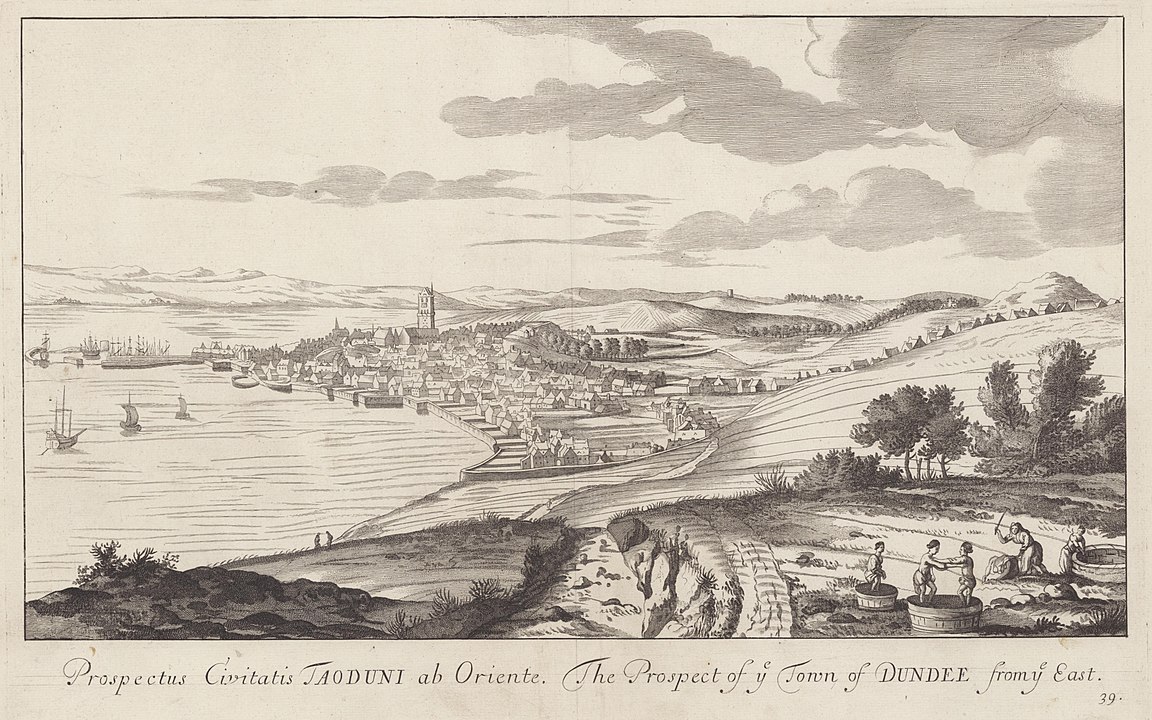Our Legal Heritage: When Scots had to earn their salt

The recent focus on Britain’s involvement in slavery has obscured the fact that slavery also existed in Scotland, writes Robert Shiels.
Considerable time and effort by many people have been taken up in recent years with a historic consideration of slavery in the Empire and later. The attention of the interested public has been directed to statues, which have been pulled down, and to study of the careers of those involved in the business of slavery, predominantly but not exclusively around the sugar trade in the Caribbean.
It has to be said, without being overly nationalistic about the matter, that there were slaves in law and effect in Scotland and that arose out of the salt trade: C. A. Whatley, That Important and Necessary Article: The Salt Industry and its Trade in Fife and Tayside, c.1570-1870 (Dundee: Abertay Historical Society, 1984). This booklet is free to download from the society’s website.
Professor Whatley, in Chapter 3 of his work, considers ‘salt serfs’. Traditionally salters have been seen as members of an occupational group whose circumstances were barely distinguishable from those of the colliers. With them they shared the burden, after 1606, of increasingly hostile parliamentary legislation, the courts’ interpretation of which merely served to undermine further their already lowly occupational status. “The salters, like their collier brethren, were bound to their place of work for life” (p. 43).
The salt serfs were thought of in rather primitive terms and, in the most extensive treatment of the Scottish salt industry, it has been written that the “conditions of labour in the Scottish salt-works were … ghastly” not least because the salters’ wages were paid “in the commodity they produced” (p. 43). The salters had a “lowly legal status” (p. 44). Some salt work operatives attained the status of “salt masters” after suitable training directed at, for example, the difficult matters of judgement in the production of the salt without burning the pans in which the job was done (p. 46).
Skill and the responsibility earned some salt workers their ‘master’ status. They did not occupy the lowest rungs of the saltwork hierarchy. Such places were filled by the ‘bearers’, sometimes female, who carried the necessary coal to heat the pans from the pits to the pans, and old women and others were employed in washing salt ‘pocks’ and mats and other menial tasks. Directly below the ‘master’ came his ‘servant’ or assistant, often also termed ‘salter’, without whose labour the master was unable to operate the pan (p. 46).
In the main Scottish salt producing regions, with some exceptions, the basic contractual arrangement was underpinned by the labour legislation of 1606 and 1641 as well as the draconian powers held by the Scottish landowning class to control those over whom they had any authority. It is a matter for historians to consider the extent to which the circumstances of the salters were made worse by the conditions of serfdom to which they were legally subject until the system was finally ended in 1799. There is evidence, from the Scottish saltmaking localities, of harsh and sometimes brutal treatment being meted out to salters (pp. 47-8).
The history of the salters, where know, seems to have been overshadowed by the effort put into histories of the coal mines and miners (pp. 43-4). In the modern era the patent unfairness by modern standards of those prosecuted centuries ago as witches is being advocated. The unreconstructed support in recent years for some coal miners has been demonstrated by the passing of a statute. Yet, perhaps some consideration might be given to what may now seem oppressive ‘contracts’ signed by the salters, in an allegedly free market, with lurking in the background restrictive legislation, all apparently with the support of the Edinburgh courts.








